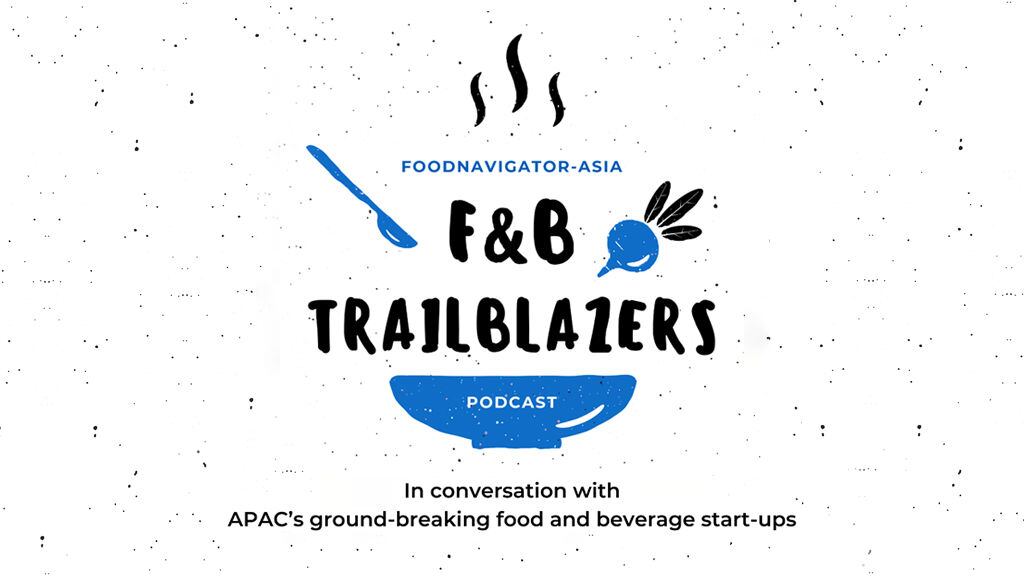The FSANZ Regulatory Science Strategy 2019-2023 was formulated as a measure to meet the three priorities set by both countries’ ministers responsible for food regulation, namely: Reducing foodborne illnesses, Reducing chronic disease related to overweight and obesity, and Maintaining a strong, robust and agile food regulation system.
“The Strategy outlines how we will continue to align our work in Ministerial priority areas, and sets out our plan to grow our scientific and risk analysis capabilities, scientific evidence base and risk assessment methodologies,” said FSANZ CEO Mark Booth.
“FSANZ will build stronger links with academia and industry, further leverage resources through strategic partnerships and communicate our science to meet the needs of all of our stakeholders.”
One of the ‘stakeholders’ was highlighted as companies in the food and beverage industry, where the strategy report emphasised the necessity of collaboration with such industry partners to address trends and risks in a timely manner.
“[Information] such as that provided by industry can increase our awareness of emerging scientific risks and trends and comprise an important additional source of analytical data,” said FSANZ via the official report.
“[In working with industry], the science [we need to look at here is that] relating to standards setting, promoting innovation, as well as business and trade.”
Other important scientific considerations that were mentioned when working with industry, though more from the point-of-view of exerting governance, were social science and economics.
“Regulation exists to encourage or discourage particular behaviour by consumers and those in food industry,” said FSANZ.
“Developing regulation that is both effective in altering behaviours, and efficient in achieving the desired outcome relies upon a solid evidence base [and requires the use of] social science and economics [to] apply scientifically rigorous processes to study the behaviour of people and industry.
“The major objectives [of implementing these processes] are to not only understand existing [business] behaviour and its drivers, but also to predict how [any] change to the Code will affect [this].
“[This can also] identify potential intended and unintended consequences of changes, and analyse the potential economic and social costs and benefits.”
From 2019 to 2023, FSANZ intends to use these scientific methods to advance initiatives that address ‘critical’ public health issues including lifestyle diseases and foodborne illnesses.
“[Some of our major considerations will include how to] improve our Cost of Illness modelling for calculating the societal and economic costs of foodborne illness; determine the costs and benefits of potential restrictions on carbohydrate and sugar claims on alcoholic beverages; and consider how labelling of sugars could be improved to enable consumers to make informed choices,” said FSANZ.
Challenges to address
FSANZ also highlighted several major rapid changes that were anticipated to ‘challenge current approaches’ in the food and beverage industry, which the science-backed strategy was hoped to be able to respond to.
Technology and online retail were mentioned as key considerations to be tackled.
“[The] changing retail supply chain [is an example of a rapid change we need to consider. This includes an increasing] emphasis on e-commerce, and a move toward real time risk assessment and management decisions being made based on digitised information throughout the food supply chain to facilitate trade,” said the agency.
“The application of new technologies, such as in the wider area of biotechnology, synthetic biology or nanotechnologies which can introduce new risk factors to the food chain [is another example].”
Other challenges included were increases in diet-related diseases such as food allergy, chronic illnesses associated with overweight and obesity, and foodborne illnesses; and rising consumer demand for more food-related information through digital services in real-time.
“[The regulatory science strategy will ensure] we remain prepared to respond to the challenges of global trends and emerging risks in a dynamic food system,” Booth added.





